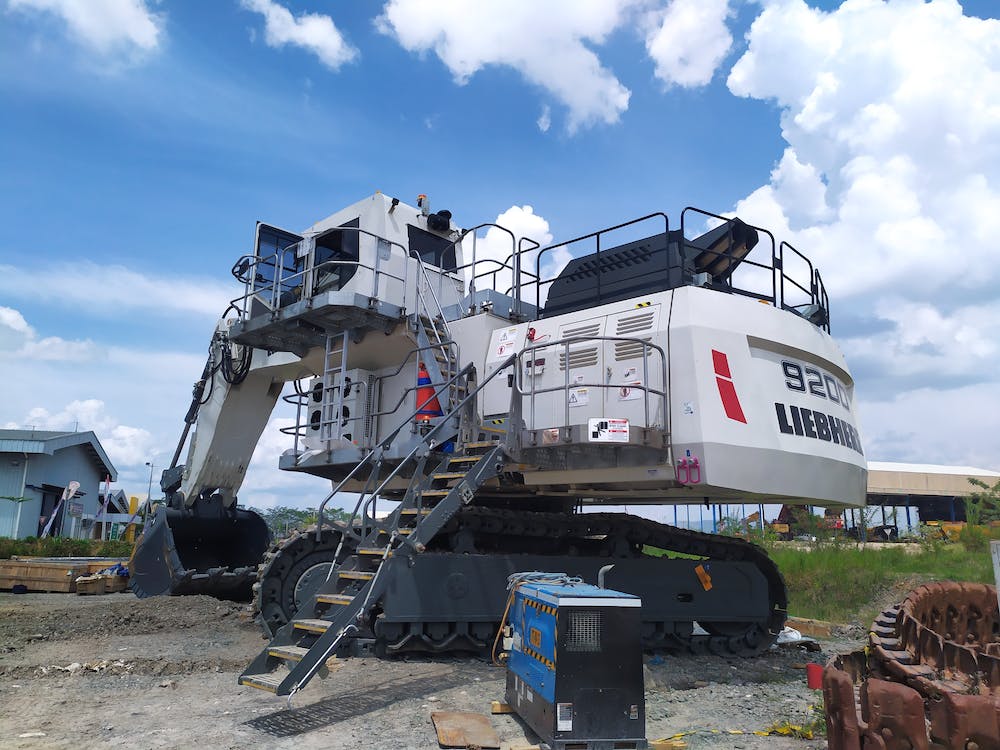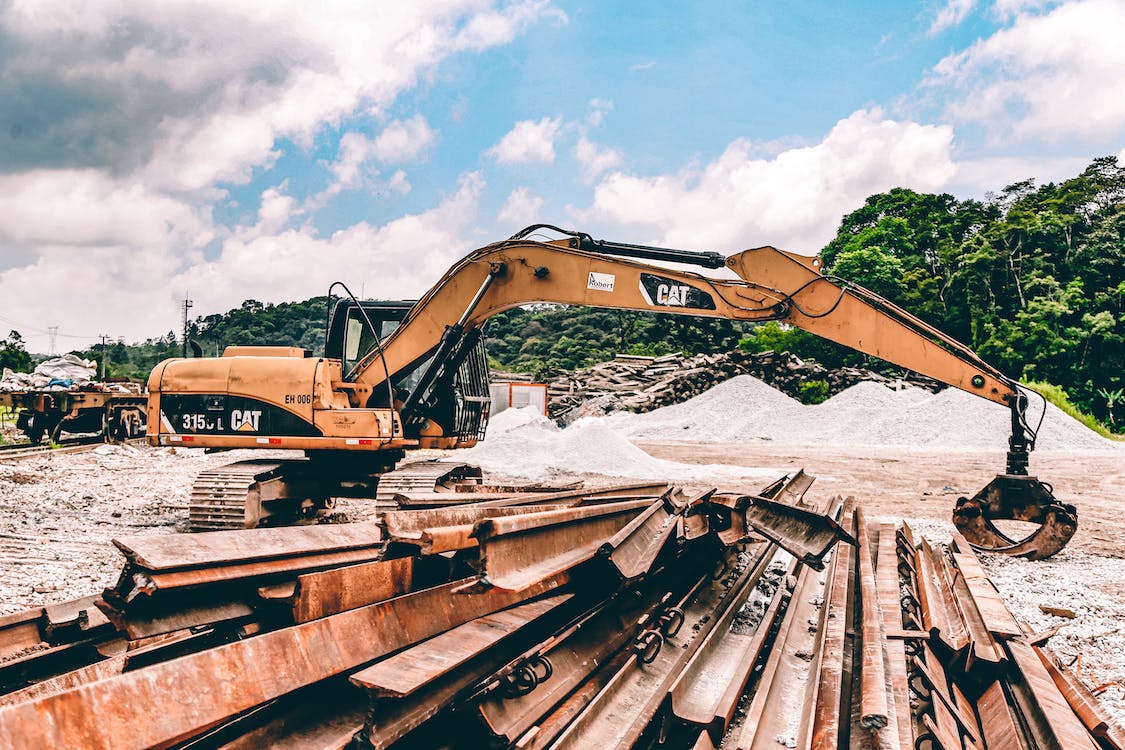The maintenance of lifting and handling equipment is a fundamental step to ensure the longevity and profitability of these machines. This work equipment can present risks for the personnel or the company at any time. It is, therefore, essential to carry out regular regulatory checks to reduce the danger posed by the equipment during its use.
The benefits of maintenance
Beyond being an obligation, the maintenance of lifting and handling equipment is an excellent way to guarantee the safe use of the equipment. It also ensures better longevity of the machines and controls maintenance costs.
The benefits of maintenance are numerous, both technical and financial:
– Increased productivity
– Facilitating the passage to the general periodic inspections
– To have an up-to-date maintenance booklet
– Keep the equipment in conformity
– Reduce maintenance and repair costs
– Safety of equipment and people,
– Decrease the breakdown rates,
– Extending the life of the equipment,
– Respect for the regulations in force.
Types of maintenance to be performed
There are 3 types of maintenance to be performed:
– Preventive maintenance: this is maintenance carried out before a failure. It aims to eliminate the majority of failures. To do this, components, parts, equipment and machines are checked.
– Palliative corrective maintenance: involves repairing equipment to enable it to perform a required function without restoring it to its initial state. It is a temporary solution when stopping the activity is impossible immediately.
– Curative maintenance: differs from palliative corrective maintenance because it involves in-depth machine repair. Its objective is, therefore, to provide a long-term solution, whereas corrective maintenance simply solves a problem without looking further into the causes of the failure.
Preventive maintenance and corrective maintenance thus extend the life of the equipment as much as possible and ensure the site’s smooth operation.
Frequency of equipment checks

Equipment maintenance is done through periodic checks. These checks aim to identify any defect that could lead to a dangerous situation.
These periodic inspections apply to lifting equipment, handling equipment, construction equipment and machines with specific risks, such as presses or waste compactors, etc.
For other machines, maintenance is organized according to the wishes of the head of the establishment.
A verification of commissioning or recommissioning must accompany the periodic verification of lifting equipment. The maintenance logbook is also mandatory for all equipment.
The frequency of periodic inspections varies according to the lifting and handling equipment type. The purpose is to examine the state of conservation of the lifting equipment and perform functional tests.
Every 3 months
This maintenance concerns all machines used to move people or a workstation in elevation and driven by human power.
Every 6 months
– For lifting devices driven by human force and not permanently installed, which are not specifically designed to lift people.
– For lifting devices powered by energy other than human force, used to transport people or to move a workstation in elevation
– Tower cranes with rapid or automated assembly, stabilizers, and auxiliary cranes for loading on vehicles.
– Lifting arms or gantry cranes for removable containers, tail elevators, furniture lifts, building site material lifts,
– Earthmoving equipment equipped for lifting, self-propelled mobile cranes or cranes on carrier vehicles, not requiring assembly or disassembly of important parts,
– Forklifts, tractors for laying pipes, mobile elevating platforms for people.
Every 12 months
This maintenance concerns lifting equipment powered by direct human force, permanently installed, and other lifting equipment not mentioned above.
How to carry out the maintenance of lifting equipment?
There are several examinations to check the condition of equipment and machines. These actions must be carried out by expert teams or in-house agents trained to supervise the adequate performance of maintenance work on lifting equipment.
The device is subject to verification of the proper conduct of lifting loads at height to be performed by the operator.
The state of the assembly of the installations is also checked. This concerns, in particular, the winches, pulleys and cables directly connecting with all the lifting support attached to the device.
A visual examination of the equipment’s operating condition is also carried out. This examination ensures that there are no defects.
The results of these checks are recorded in a safety register (where all incidents, anomalies, replacement of parts, etc., are also mentioned).
This register is available to the work inspector and all persons or organizations concerned with preventing occupational risks.
Periodic checks do not replace the obligation to perform the maintenance operations defined by the machine manufacturer. It is also recommended to record the maintenance operations of the machines in a maintenance logbook.

